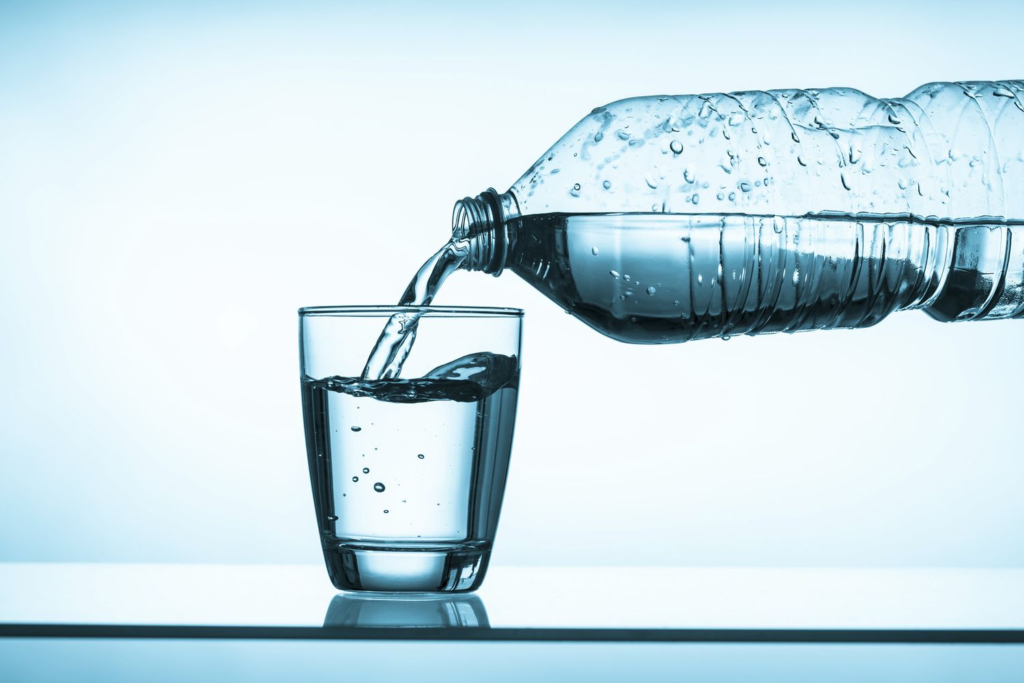Water
Key Notes :

1. Importance of Water
- Water is essential for all living organisms as it supports life.
- It is necessary for drinking, cooking, sanitation, and various industrial processes.
- Water makes up about 60% of the human body.
2. Water Cycle
- The water cycle describes how water moves on Earth.
- It includes processes like evaporation, condensation, precipitation, and infiltration.
- Evaporation occurs when the sun heats water bodies, turning liquid into vapor.
- Condensation forms clouds as vapor cools and turns back into liquid.
- Precipitation happens when clouds release water as rain, snow, sleet, or hail.
- Infiltration refers to water soaking into the soil, replenishing groundwater.
3. Sources of Water
- Surface water: Rivers, lakes, and oceans.
- Groundwater: Water stored beneath the Earth’s surface in aquifers.
- Rainwater: Collected directly from precipitation.
4. Water Properties
- Water is a universal solvent, meaning it can dissolve many substances.
- It has a high heat capacity, which helps regulate temperatures.
- It exists in all three states (solid, liquid, gas) depending on temperature.
- Water is transparent, which allows sunlight to penetrate aquatic environments.
5. Water Usage
- Water is used for domestic purposes: drinking, bathing, cleaning, etc.
- It is crucial for agriculture, for irrigation and livestock care.
- Industries use water for cooling, processing, and manufacturing.
- Electricity generation: Water is used in hydropower plants to generate energy.
6. Water Conservation
- Water conservation is vital due to increasing demand and limited freshwater resources.
- Methods include reducing water wastage, reusing water, and using water-efficient technologies.
- Education about water-saving practices helps reduce water consumption.
7. Water Pollution
- Water pollution occurs when harmful substances contaminate water bodies.
- Common pollutants include chemicals, waste, plastic, and sewage.
- Polluted water can lead to health issues and environmental damage.
8. Water Treatment
- Water treatment processes remove impurities from water, making it safe for consumption.
- It typically includes filtration, sedimentation, disinfection, and distillation.
9. Water and the Environment
- Healthy water ecosystems support biodiversity and provide habitat for aquatic life.
- Wetlands, rivers, and oceans are essential for maintaining the ecological balance.
Let’s practice!

